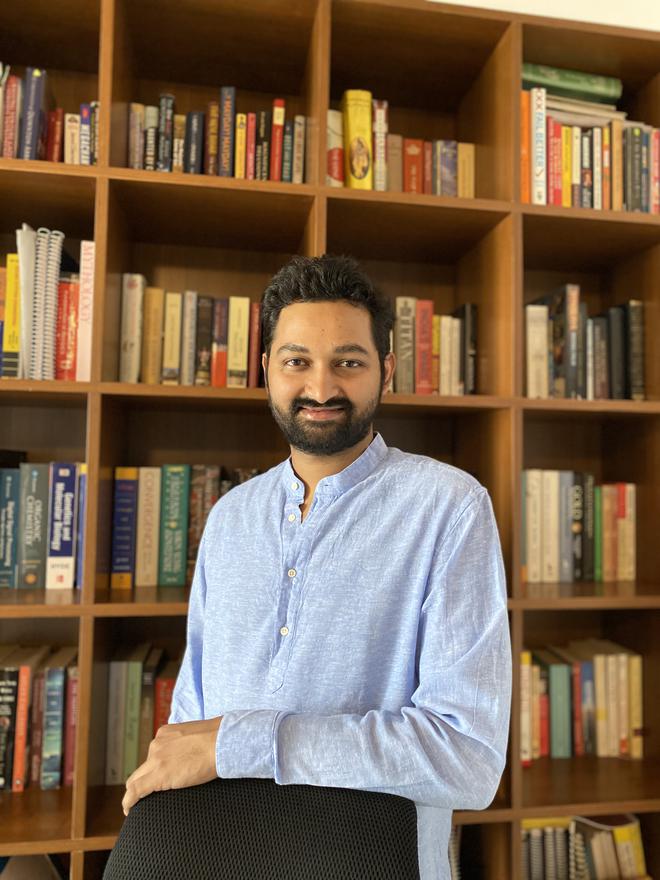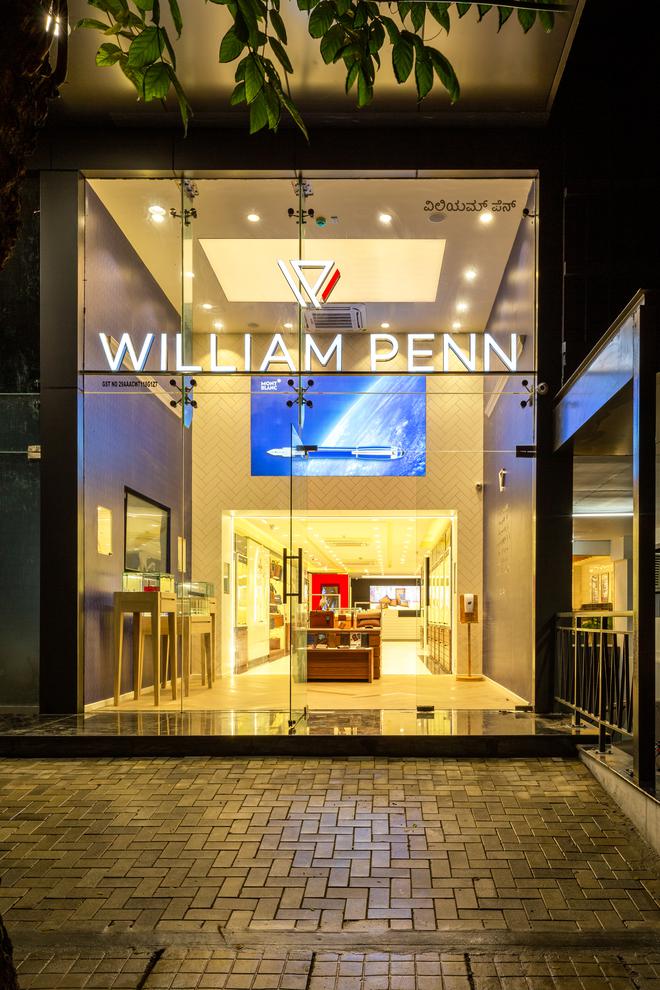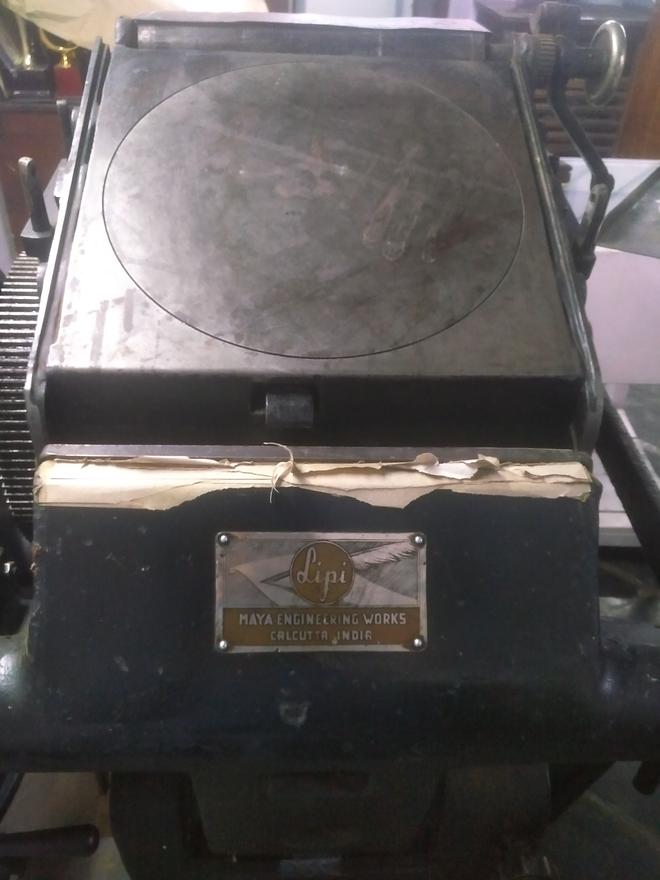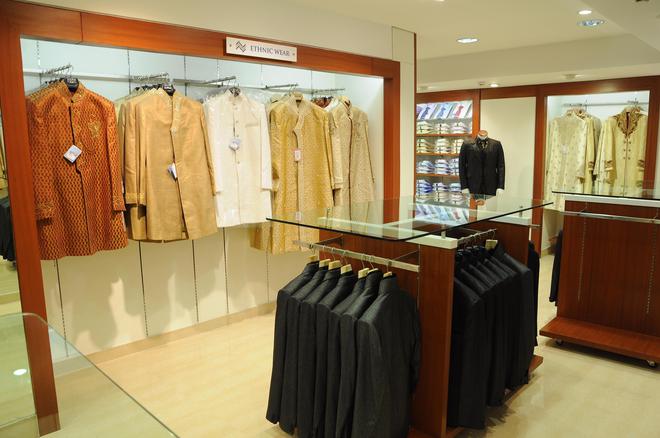Sriram Devatha still remembers how Naveen Pishe, of P.N. Rao Fine Suits fame, suddenly asked him to stand up and put his legs together, mid-conversation. “He (Pishe) told me that I was not bowlegged... that 90% of this country is,” says Devatha, the author of Brandgaluru-Made in Bengaluru, a book about four iconic brands that have originated in the city.

He was especially struck by Pishe’s observation since the brand -- one of the four featured in the book -- made suits and they needed to understand human anatomy. “I found that interesting,” says Devatha, Consulting Editor, YourStory, who was part of a recent conversation about his book held at Atta Galatta, Indiranagar. “You think a suitmaker will talk fabric, etc. But he has a solid sense of anatomy.”

There are many delightful moments like this one, gleaned from talking to the people behind these four brands, -- P.N. Rao, William Penn, Judge Press and Radel Electronics -- that still linger in his mind. Take, for instance, how Nikhil Rajan, who founded stationery brand William Penn in 2002, spoke about his family backing his venture, a rare admission in the entrepreneurial ecosystem that continues to romanticise the lone wolf myth. “That was an interesting personality,” he says.

The most interesting insights came from conversations with the founders or their descendants of these businesses, he says. “That gave me a sense of who they are, and what is important to them,” he adds.
Practical advice
But Devatha’s book is more than simply a collection of profiles of the brands and their founders. It also brings in layers of Bengaluru‘s history, shaped by colonisation, migration, invasion, commerce, disease, wars, technology, music, and much more.
“One of the nice things about writing microhistory is that you can hitch on what is happening. It gives you a wonderful contrast between the micro and macro,” he says, pointing out that history tends to focus on larger-than-life figures. “But what was an average Joe thinking at that time?” he says, adding that individual histories can collectively validate what was happening at a macro level, a sense of how society lived, and how the dominant narrative adds up.

During racing season
He uses the example of P.N. Rao to illustrate how large events can have a profound impact on an everyday person’s life. When P.N. Rao started his haberdashery in 1923, his target customer quickly became the British memsahib, who needed a constant supply of dresses during the racing season at the Turf Club. “A lot of the money and commerce happened in the Cantonment. It was the hub of activity,” says Devatha.
The organisation, which has been around for a century, has had to pivot multiple times to stay relevant, something he has hinted at in the book. “Look at the DNA of the brand,” he says, pointing out that while it started off trying to find its feet in an India that was ravaged by the empire, it also managed to survive the Second World War, the post-Independence uncertainty, globalisation and so much more. “It gives you a good sense of how businesses had to orient themselves,” says Devatha, who believes that the book can also offer practical life lessons for entrepreneurs.
An entrepreneurial spirit
Devatha, a sound engineer by profession, who also holds a Master’s in acoustics, credits his grandfather for kickstarting his writing journey. “He was a B.Com graduate but was far more than that,” says Devatha, who recalls long conversations with his grandfather that would cover myriad topics from economic policy, government and geopolitics to socio-economic ideologies and Vedanta philosophy. “The canvas was so huge. There was a wonderful breadth to that sort of ideas that he gave me,” he believes.
This early influence led to him developing a lifelong reading habit. “I just picked up whatever I liked and read it. If that book made me ask questions, I found another book to answer them. That is how it went,” he says. When his grandfather passed away, he began writing. “It was an emotional moment, and one of the ways it came out was writing about how he handled some financial challenges my family had to go through,” says Devatha, admitting that this experience made him think more seriously about writing, even going on to take some poetry classes. “That was the initial bit, and I just followed it.”
This is his third book — his first, Soaked Hues, is a book of poems, while his second, Indogene, is a collection of short stories — and he intends it to be part of a series that documents the history and evolution of several Bengaluru-based businesses. “I wanted to demonstrate that there was (always) a vibrant entrepreneurial culture here which cuts across segments,” says Devatha, a third generation Bengalurean.
According to him, the idea that the whole Bengaluru story happened only in 2000 isn’t strictly true. “ We just think it is the weather that brought people here. (But) nothing happens in a vacuum,” he believes, pointing out that IISc was created in this city only because the Maharaja was enlightened and gave those 200 acres. “I would argue that many things came because of what the previous government and Mysore Maharaja put in place...IT was the latest avatar of it,” says Devatha, who firmly believes that the city became an important centre for start-ups, the life sciences and aero-technology, among others, because of already-existing resources.
Disparate brands
So, what went into selecting these four brands? Partly because they were so disparate, he says, admitting that he is someone who likes the breadth of things. “I really wanted to capture the flavour, in terms of diversity of segments itself,” says Devatha, listing them: garments, writing instruments, music and a printing press. “There were some nice contrasts. The idea was to give a mix (of brands) which are definitely interesting (and) can offer lessons,” he says.
And coming from a family of entrepreneurs himself, what were his own learnings? “I think one of the big themes I took away was the format of business,” he says. The start-up culture is a fast-paced one where entrepreneurs get vast sums of money overnight and must figure out things like product-market fit or minimal viable product in six months to a year. “It is all so sped up,” he says, comparing this to a legacy brand like P.N. Rao, which took years to understand who their core customer was. “I am more sceptical about the start-up format now. Of course, you will have unicorns, but (in general) these legacy companies last while start-ups come and go,” he says.
On the other hand, the nimbleness and adaptability of start-ups could offer lessons to legacy brands too, he believes. “The interplay between legacy businesses and start-ups in the way they are structured, financed, strengths and weaknesses has been an interesting thing for me,” he says.







